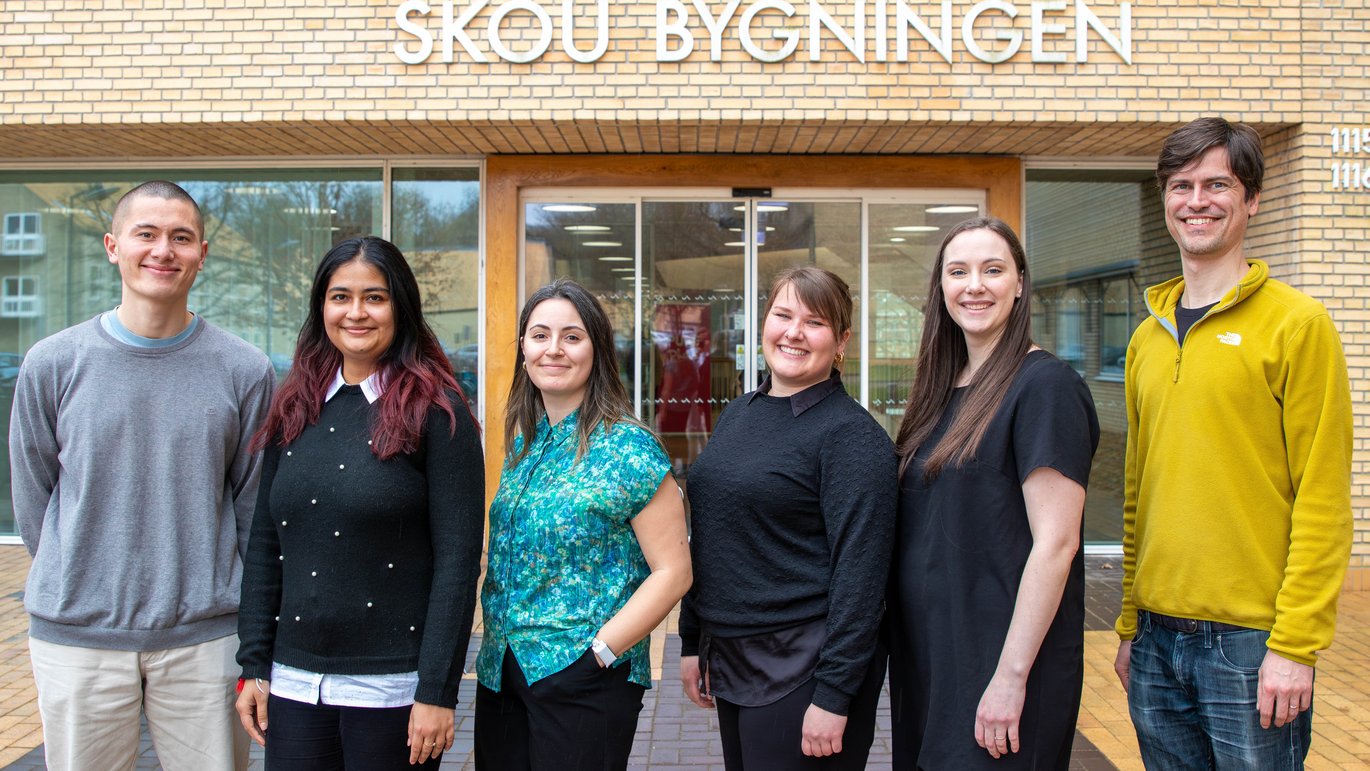New discovery in small primate could pave the way for im-proved stem cell therapies
For the first time, researchers have discovered and isolated adult stem cells from a non-human primate. This finding could transform the foundation for how we develop stem cell treatments.

Stem cell therapy is a relatively new technology that shows promising results against some of the diseases we otherwise struggle to treat. But transferring new stem cell therapies from laboratory animals to humans remains a challenge.
The solution may lie in a small primate from Madagascar. New research shows that stem cells from the small gray mouse lemur are much more closely aligned with human biology than those from the mouse, which is otherwise the most commonly used laboratory animal in labs around the world. And this could be a gamechanger for the development of new treatments.
"We have discovered and isolated adult stem cells in mouse lemurs for the very first time," says Antoine de Morree, Associate Professor at the Department of Biomedicine at Aarhus University, and senior author behind the study.
"We are looking at both muscle stem cells and mesenchymal stem cells - and they behave very differently from mouse stem cells."
Human-like cells in a miniature primate
The study, recently published in the scientific journal Nature Communications, shows that muscle stem cells from mouse lemurs divide more slowly than those from mice and resemble human stem cells more closely.
Researchers also discovered two new mechanisms that may explain some of the differences in stem cell function between humans and mice: Mouse lemur and human muscle stem cells produce less of the compound spermidine, which is crucial for cell function. By adding spermidine, the researchers were able to enhance the cells’ ability to divide - a discovery now set to be tested in clinical trials at Steno Diabetes Center Aarhus.
Mouse lemur muscles contain fat cells - something seen in humans as well, but not in mice. This is due to the mouse lemur’s mesenchymal stem cells being particularly adept at forming fat. These cells produce large amounts of a protein called Complement Factor D, which plays a role in fat accumulation. This is significant because fat in muscle is associated with aging and disease.
"This means the mouse lemur is not only a better model for human muscle - it also offers us entirely new potential treatment targets for diseases and symptoms that do not normally occur in mice," says Antoine de Morree.
Finding the right model organism
The work started when the researchers looked for ways to identify new model organisms. They developed a new computational method to compare cells and tissues between different animals.
In doing so, they found that mouse lemur muscles are very similar to human muscles. Something they could confirm with microscopy.
This new method could greatly reduce animal usage by enabling researchers to identify the optimal animal model before doing any animal experiments. In this case, the researchers were confident to start exploring mouse lemur biology.
“It is very exciting to challenge existing paradigms and in the end be able to study something that could not be modeled before,” says Pilar Stella, PhD student and the co-first author of the study.
Closer to effective treatments
Although stem cells have long been hailed as the key to regenerative medicine, only a few stem cell therapies are currently approved. A major reason is that many promising results from mouse studies do not translate to humans. With the mouse lemur as a new model, researchers can now develop therapies based on cells that more closely resemble our own.
"This brings us closer to effective treatments for conditions like muscular dystrophy, age-related muscle loss, and other diseases where stem cells could play a role," says Antoine de Morree.
The next step is to test how best to deliver stem cells into muscle tissue in mouse lemurs, and how to fine-tune dosage and treatment timing. Meanwhile, the first human trial using spermidine is being prepared.
About the research results
- The study is basic research
- Collaborator: Stanford University. Other AU researchers involved with the study were PhD student Zofija Frimand, research-year student Anne-Sofie Clausen, Associate Professor Jean Farup and Associate Professor Ermelinda Porpiglia.
- External funding: National Institutes of Health, Novo Nordisk Foundation, Independent Research Fund Denmark (Danmarks Frie Forskningsfond) and Aarhus University Research Foundation
- Read more in the scientific article: https://www.nature.com/articles/s41467-025-58897-x
Contact:
Associate Professor Antoine de Morree
Aarhus University, Department of Biomedicine
Phone: 60 79 07 22
Email: demorree@biomed.au.dk